Mongolian eagle hunting or Golden Eagle Falconry in western Mongolia
Mongolian eagle hunting, or berkutchi, is a deeply ingrained tradition that has been passed down through generations. This ancient practice showcases the remarkable bond between humans and nature, particularly with the majestic golden eagle. The history of eagle hunting in Mongolia can be traced back to the nomadic tribes of the region, where it served as a vital means of survival and a way to protect livestock.
The training of a golden eagle for hunting is a meticulous process that requires immense skill and dedication. Young eagles are captured and raised by experienced hunters, who form a strong bond with their birds. Training involves teaching the eagle to obey commands, recognize prey, and execute hunting techniques. It can take several years to fully train an eagle, highlighting the patience and expertise of the hunters.
Eagle hunting in Mongolia is not just a practical activity; it is a cultural art form that embodies the spirit of the nomadic way of life. The eagle hunters, known as berkutchi, are revered in their communities for their skill and bravery. The practice of eagle hunting is a testament to the resilience and resourcefulness of the Mongolian people, who have maintained this tradition despite modernization and urbanization.
Overall, Mongolian eagle hunting is a profound expression of the harmonious relationship between humans and the natural world, highlighting the importance of preserving traditional practices and cultural heritage.
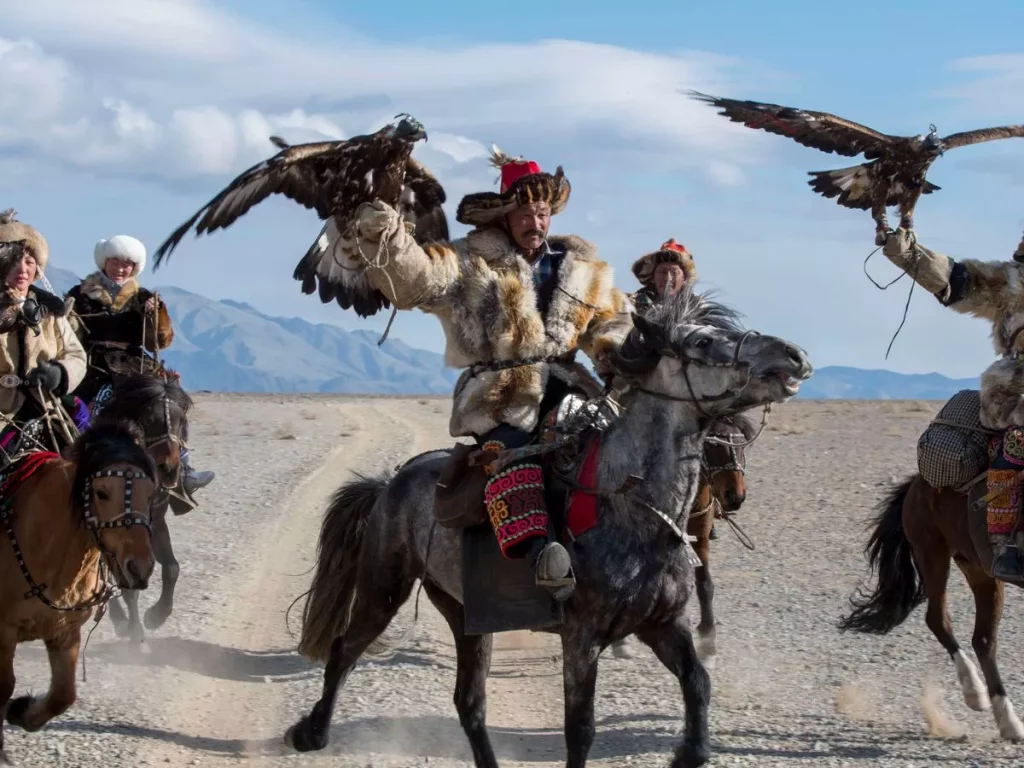
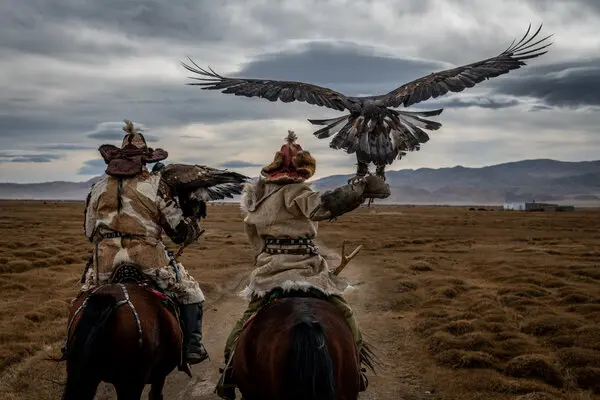

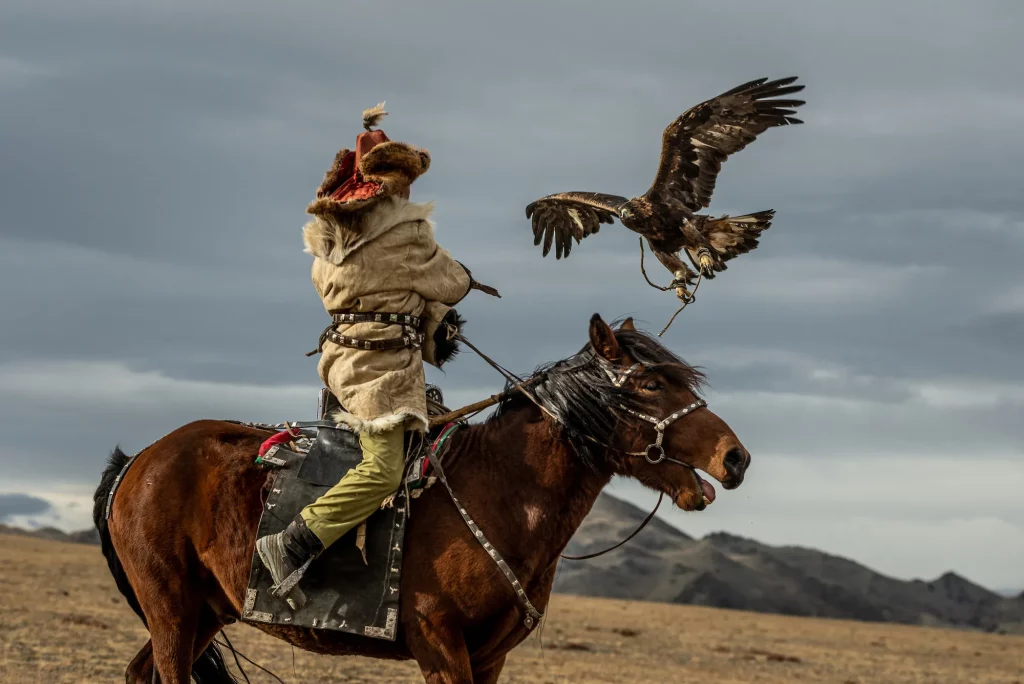
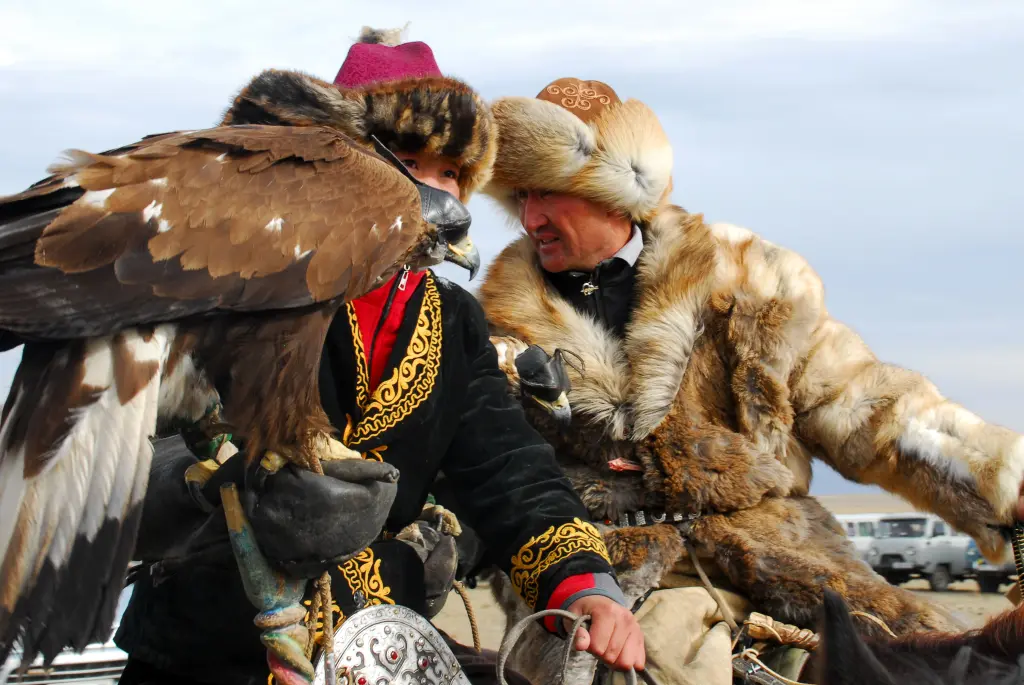
Eagle hunting History and Cultural Significance
Eagle hunting, deeply rooted in the nomadic lifestyle of Mongolia, has a rich history spanning centuries. Originating as a means of survival for nomadic tribes, this practice evolved into a profound cultural tradition. The hunters’ ability to train and utilize golden eagles not only supplemented their diet but also safeguarded their livestock from predators.
Over time, eagle hunting became more than just a practical skill; it symbolized the resilience and resourcefulness of the Mongolian people. It embodies their respect for nature and their ability to form a harmonious relationship with the environment. This tradition is a testament to the ingenuity and adaptability of nomadic life, where survival relied on intimate knowledge of the land and its resources.
Today, eagle hunting remains an integral part of Mongolian culture, celebrated for its historical significance and the deep connection it fosters between humans and nature. The eagle hunters, revered for their skill and wisdom, play a crucial role in preserving this ancient practice and passing it on to future generations.
Mongolian Golden Eagle Training and Techniques
Training a golden eagle for hunting is a meticulous and time-consuming process that demands a deep level of commitment and understanding. It is a journey that begins when the eagle is just a juvenile, often in its first year of life, and can extend over several years. This extended duration is necessary to ensure that the eagle develops the necessary skills and trust in its handler.
One of the key aspects of training is establishing a strong bond between the eagle and its handler. This bond is crucial for effective communication and cooperation during the hunting process. The eagle learns to recognize its handler’s voice and gestures, responding to commands with precision and agility.
Additionally, the training involves teaching the eagle to hunt for prey. This includes identifying potential targets, such as foxes or hares, and executing hunting techniques with speed and accuracy. The process also includes familiarizing the eagle with the hunting environment and ensuring it can navigate and adapt to different terrain and conditions.
Overall, training a golden eagle for hunting is a multifaceted process that requires a combination of patience, skill, and a profound understanding of the eagle’s behavior and instincts. It is a testament to the dedication and expertise of the eagle hunters who undertake this challenging task.
Eagle hunting Equipment and Attire
Eagle hunters rely on a range of specialized equipment to facilitate their hunting practices, each item serving a specific purpose in their interactions with their trained golden eagles. One of the most crucial pieces of equipment is the burkit, a thick leather glove worn on the hand that the eagle lands on. This glove protects the hunter’s hand from the eagle’s sharp talons and allows for a secure grip during the hunting process.
In addition to the burkit, eagle hunters also use a hood to cover the eagle’s eyes when it is not hunting. This hood helps keep the eagle calm and focused, preventing it from being startled by sudden movements or distractions. The hood is a vital tool in maintaining the bond between the hunter and the eagle, ensuring that the eagle remains cooperative and responsive to commands.
Furthermore, eagle hunters utilize a saddle to carry the eagle on horseback. This saddle is specially designed to accommodate the eagle, providing a comfortable and secure perch for the bird during transportation. The saddle allows the hunter to easily transport the eagle to and from hunting locations, ensuring that the bird remains safe and comfortable throughout the journey.
The Golden Eagle Festival held in western Mongolia
The Golden Eagle Festival, held annually in Mongolia, stands as a vibrant testament to the region’s rich cultural heritage and the enduring legacy of eagle hunting. This festival is a deeply ingrained tradition that showcases the artistry and skill of eagle hunters, who demonstrate their prowess through various competitions and skillful displays.
During the festival, attendees can witness awe-inspiring demonstrations of eagle hunting skills, where hunters and their majestic golden eagles engage in simulated hunts, displaying the remarkable bond between human and bird. The festival also offers a glimpse into Mongolian culture with traditional music performances, lively dances, and delectable local cuisine, providing visitors with a holistic experience of the country’s vibrant heritage.
Moreover, the Golden Eagle Festival serves as a platform for preserving and promoting the art of eagle hunting, ensuring that this ancient tradition continues to thrive for generations to come. It is not just a festival; it is a cultural extravaganza that highlights the deep connection between the Mongolian people and the magnificent golden eagle, embodying the spirit of tradition and honoring the age-old bond between humans and nature.
The festival has garnered international attention, drawing visitors from around the world to witness this unique celebration of Mongolian culture and heritage. It is a testament to the resilience and cultural pride of the Mongolian people, who continue to preserve and celebrate their traditions in the modern world.
The best of Mongolian tour packages that you can do in Mongolia

The best of western Mongolia tours
This is the tour package that includes all the best of western Mongolia.

Trekking tours in Western Mongolia
Only the unique parts of Altai Tavan Bogd nat park in western Mongolia.

Hunt with Eagles in western Mongolia
One of the few activities that can be found only in western Mongolia.
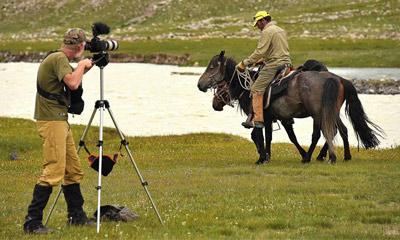
Photography tours
Colorful traditional clothing and fascinating nature make western Mongolia photojaanic.
